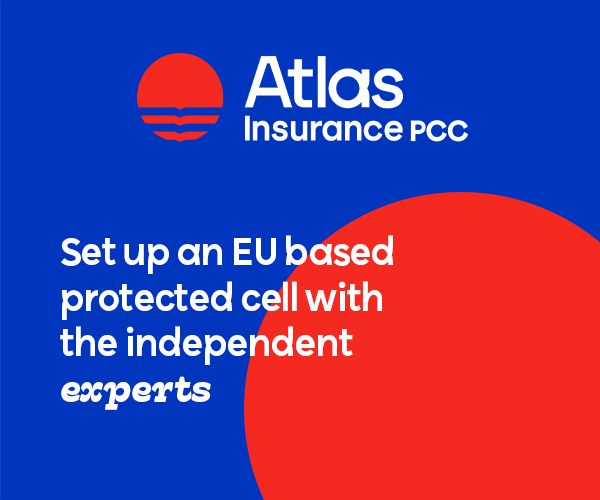As small US businesses are faced with increasing healthcare costs, Holmes Murphy has created a captive to give them something back. Beau Reid explains
As the US awaits change in healthcare, in Nebraska, many businesses are trying to navigate the current system. The Affordable Care Act (ACA) increased the number of Americans with health insurance, but a fundamental issue still exists for businesses, especially those in small-town, main-street America. Every day, businesses get dumped into community rates, limiting their options to control their spending, or they fall into a size category where they don’t receive any utilisation data, they just sit and watch medical trend rates increase year over year.
In this fully insured environment, the lack of transparency around utilisation and spending leads to frustration. People are told that they either had a good year, but the pool requires an increase in premium, or they had a bad year, and they need to pay even more due to their negative loss ratio. This leaves the employer with limited options, both of which are reactionary responses and not solutions. Typically, they either pass on increased costs to the employees to try and maintain the benefit levels inside the plan, or they reduce benefits to try and maintain the cost of the plan. Either way, both strategies are negatively perceived by employees, eroding confidence and trust in their relationship with the employer.
Small and medium-sized businesses are more often than not expected to manage health, and they do so under a fully-insured contract, without a way to measure the impact of their initiatives. To try and fix this, many small businesses have opted to pursue worksite wellness. But all too often, initial enthusiasm and incremental success with the wellness programme, ultimately, can’t be correlated to healthcare spending. The carriers simply don’t provide enough claims information to enable the business owner to understand lagging results, leading indicators, and greatest opportunities to impact spending.
Eventually, the employer looks at the dollars being invested in wellness, realises the minimal impact on cost trajectory, and reacts the same way: fewer benefits and same costs, or more costs, for same or worse plan designs. For the last 30 years, employers have not been presented with any product innovation delivering transparency, control, and measurability, leaving them feeling hopeless and frustrated.
To this point, the only alternative for these mid-sized businesses was to self-insure their health insurance. Unfortunately, self-insuring adds tremendous risk in two ways:
The businesses lose the value of the fully-insured pool, and are forced to buy stop-loss insurance and administrative services on a standalone basis, driving those costs north of 40 percent of the premium (and actually closer to 50 percent in most instances).
Main Street alleviates the risk of a self-insured plan in several ways.
The captive insurance company is a part owner, owning the risk above its stop-loss limit up to a much higher level—in Main Street’s case, $250,000—which lowers the risk of a laser exponentially.
Main Street is available to groups that have more than 50 employees enrolled in insurance, and an ownership that is entrepreneurial and willing to do things differently. That includes asking their employees to be personally accountable for improving their own health status. There is no size ceiling, although at a certain size, groups become statistically credible and don’t gain as much from being pooled with other businesses. Typically, 50 to 200 enrolled employees works well.
Once a company fulfills the 50-enrolled mark, we then need an understanding of its current plan design and its current premium structure, along with any claims details that we can get. In the absence of claims information, we would need the two previous years of renewal premiums. After that, the only mandate is that the company embraces clinical risk management and possesses a willingness to participate in the management of the captive.
By being part of a larger group, companies gain access to data analytics they cannot buy on their own. These are analytics that integrate biometric data with medical claims and pharmacy claims to paint a risk profile for an organisation. They also gain medical outreach on the 5 percent of their population that is driving 50 percent of their costs. This helps to gain efficiencies and compliance on their highest claimants.
Risk management solutions that are typically only available to much larger businesses are offered, which modifies the risks identified, measuring the impact and correlated claims savings.
The common denominator inside Main Street is health risk, not business or geography.
Companies also gain access to best-in-class risk management strategies provided by ACAP Health. ACAP is a national leader in clinical risk management strategies surrounding the prevention of oncoming diabetes and other obesity-related diseases. ACAP also provides employer access to the latest disease-specific solutions to help reduce the costs associated with each company’s leading cost disease state.
Each employer benefits from lower fixed costs while receiving integrated monthly reporting. And finally, each employer then has the ability to keep unspent claims dollars in the self-insured layer and the captive ‘shared’ layer.
If businesses don’t do anything to influence the utilisation inside their plan, then they are at the mercy of the Medicare cost shift and the medical and pharmacy inflation that is crippling our health insurance affordability.
Main Street represents a smarter way to take control of health insurance expenditures, bringing economies of scale along with big business data analytics and risk management tools.





